New advance could also lead to chips that can smell, taste.
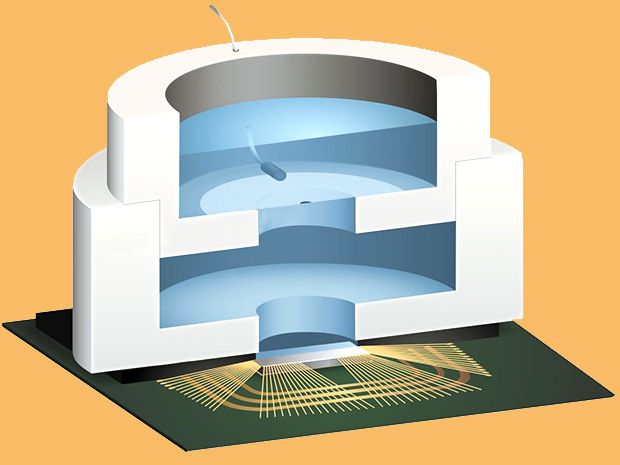

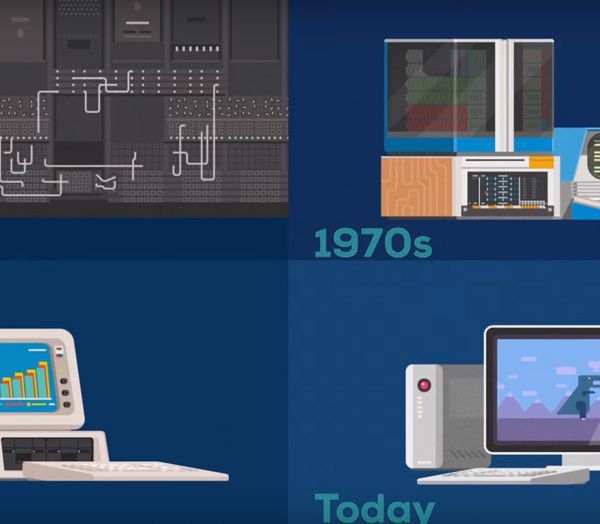
Where are the limits of human technology? And can we somehow avoid them? This is where quantum computers become very interesting.
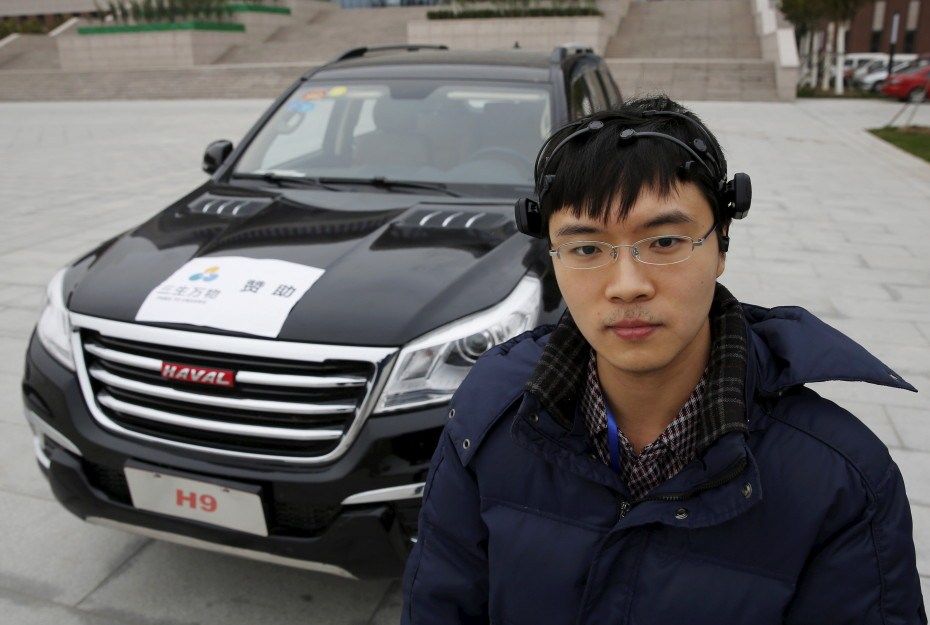
If human-less self-driving cars of the future creep you out, then this latest experimental automotive technology from China might offer you some respite. Or freak creep you out even more. Researchers from the port city of Tianjin have revealed what they claim is the country’s first ever car to be driven without the use of human hands or feet but with a driver still in control. All it takes is some brain power. And some highly specialized equipment, of course.
Mind-reading devices aren’t actually new. In fact, many companies and technologies make that claim year after year, but few have actually been able to deliver an actual consumer product, with most successful prototypes designed for therapeutic or medical uses. The theory, however, is the same throughout. Sensors read electroencephalogram or EEG from the wearer’s brain. These are then interpolated and interpreted as commands for a computer. In this case, the commands are mapped to car controls.
The application of direct brain control to driving is a two-edged sword. On the one hand, removing the delay between brain to muscle movement, which sometimes can be erroneous, could actually lead to better driver safety. On the other hand, given how easily drivers can be distracted even while their hands are on the wheel, the idea is understandably frightening to some.
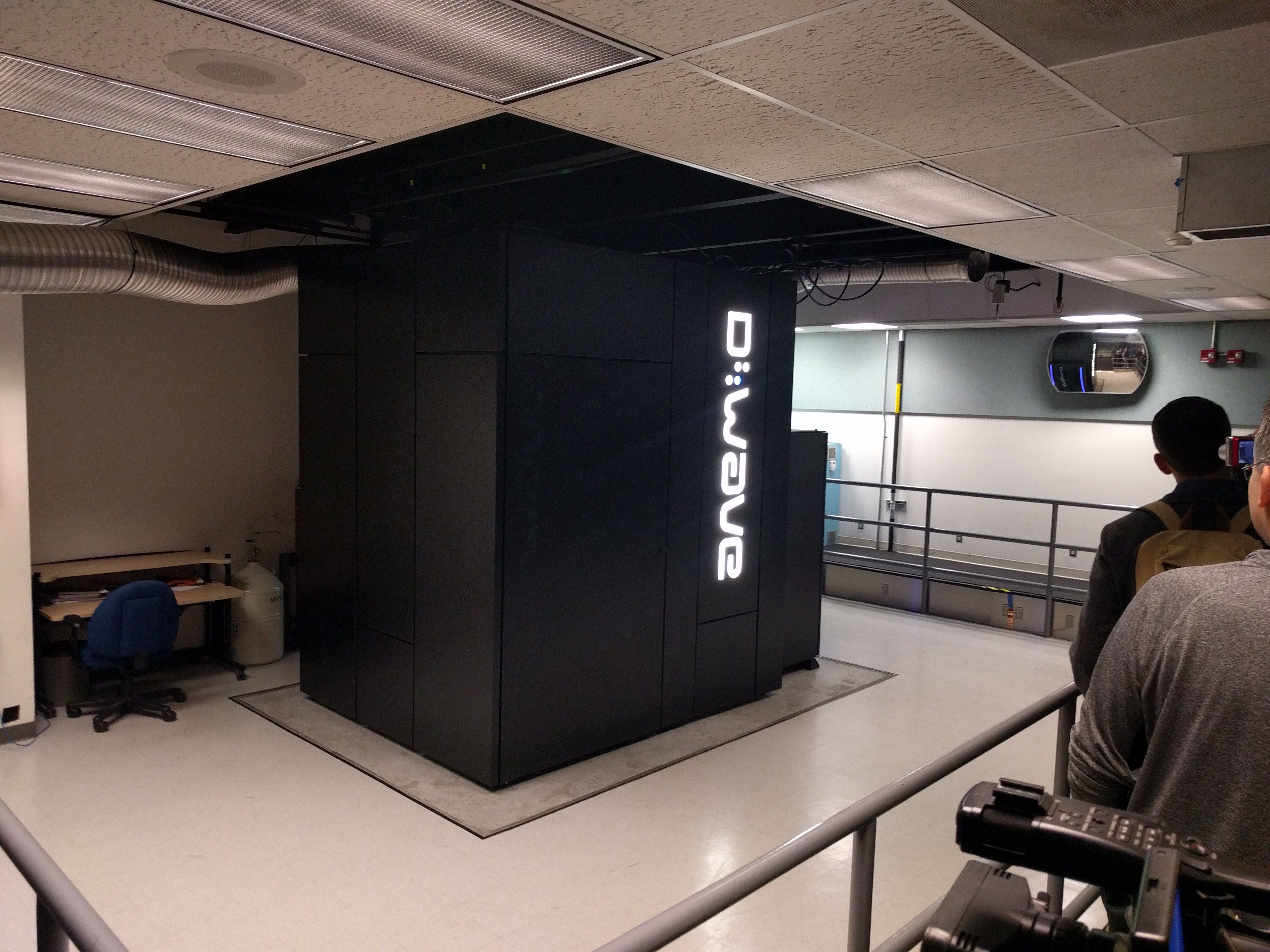
Google appears to be more confident about the technical capabilities of its D-Wave 2X quantum computer, which it operates alongside NASA at the U.S. space agency’s Ames Research Center in Mountain View, California.
D-Wave’s machines are the closest thing we have today to quantum computing, which work with quantum bits, or qubits — each of which can be zero or one or both — instead of more conventional bits. The superposition of these qubits can allow great numbers of computations to be performed simultaneously, making a quantum computer highly desirable for certain types of processes.
In two tests, the Google Quantum Artificial Intelligence (AI) Lab today announced that it has found the D-Wave machine to be considerably faster than simulated annealing — a simulation of quantum computation on a classical computer chip.
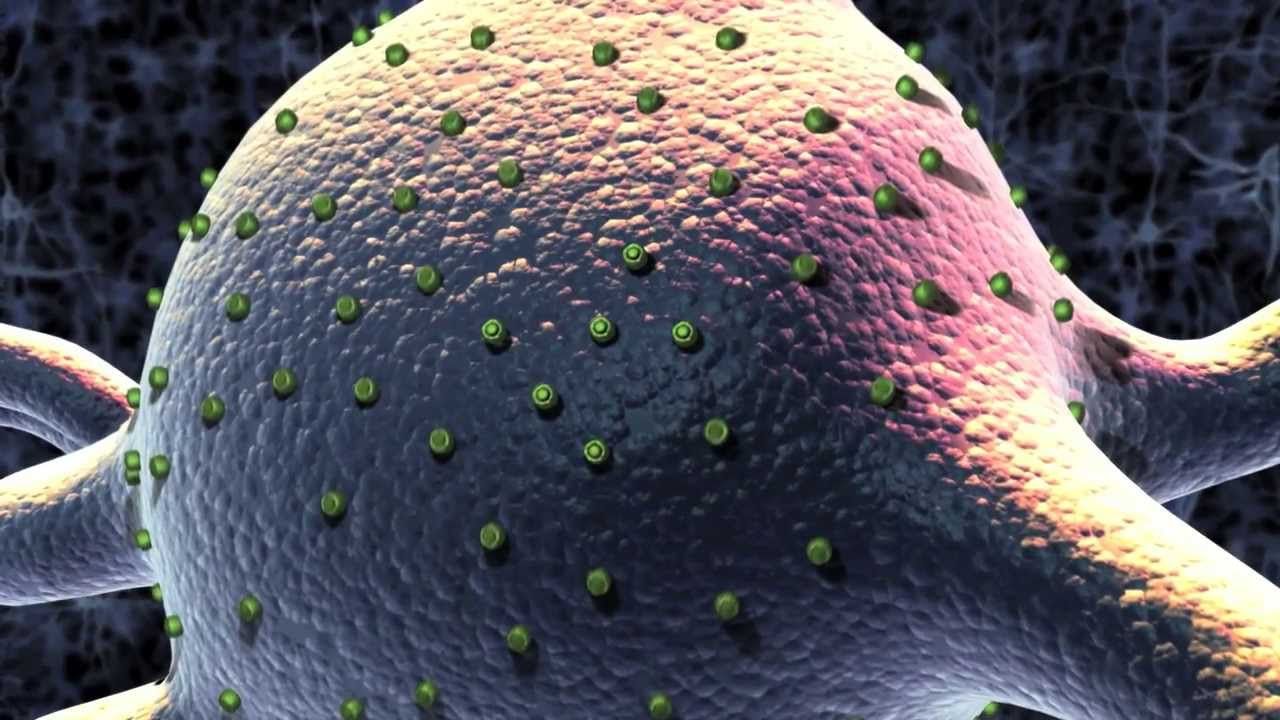
Can we end violence? Can we create greater emotional well being and intellectual equality for the greater well being of humanity? Will we be able to keep up with machines? How can we augment our intelligence? Could we cure mental illness? After advancements in aging the next major area of research from a standpoint of eliminating personal and global suffering would be upgrades in intelligence. Transhumanist values at their core want to eliminate suffering and existential risk to people’s lives. With well founded logic, these goals are not completely out of reach, it is possible but as usual, we will have to take the complex issue from many angles and from the standpoint of a systems engineer, but let’s look at some fun stuff before we get into the heavy stuff.
The Benefits of Intelligence Upgrades
So, what is the benefit for intelligence upgrades for every day people? We live in a time of exponential technology and vast amounts of face paced information, breakthroughs and invention. So, the most obvious answer to what is the benefit of intelligence upgrade is dealing with the massive amount of information one needs to keep up with daily to be on top of the game for work, for research or for business. Sometimes it can be our mere storage capacity that limits us in our abilities to interact with this information, at other times it is our processing speed, and most fundamentally the rate at which we can interact with new information. In 2012, a prosthetic chip was invented that uses electrodes to expand one’s memory storage. Now, with biotechnology predicted to move more quickly in 2016 and Google ready to back more companies in biotechnology, it may be possible to augment or program selective photographic memory. This is just an example of what one could imagine and begin working with, when combining electronics and gene editing. Many big breakthroughs in enhanced intelligence could be achieved in the future. The implications for business professionals, scientists, and the progress of technology would be astounding if upgrades like these were available. Personally, I can’t wait for the day when me and my personal A.I. through my Google Glass or some sort of eye wear or ear piece could read my brainwaves so I can type and do all my work through what would be a virtual form of telepathy. I could store everything I will need later instantly in the cloud and exactly where I want on my computer, there would be almost no delay because, well, how could there be? Time is everything.
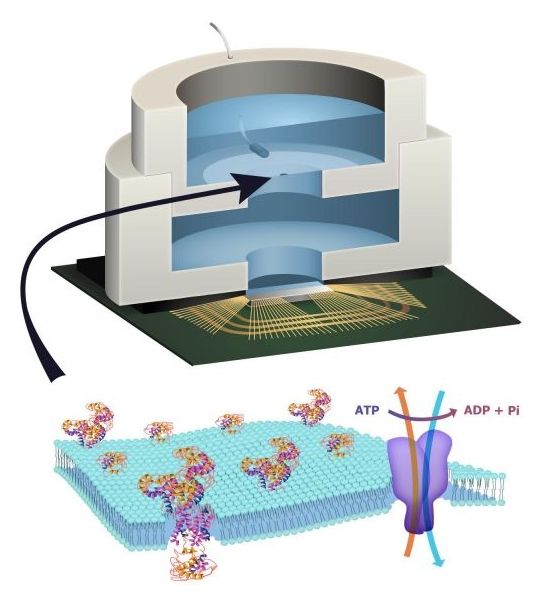

A tiny chip that uses radio waves to make its energy has been developed by Dutch researchers.
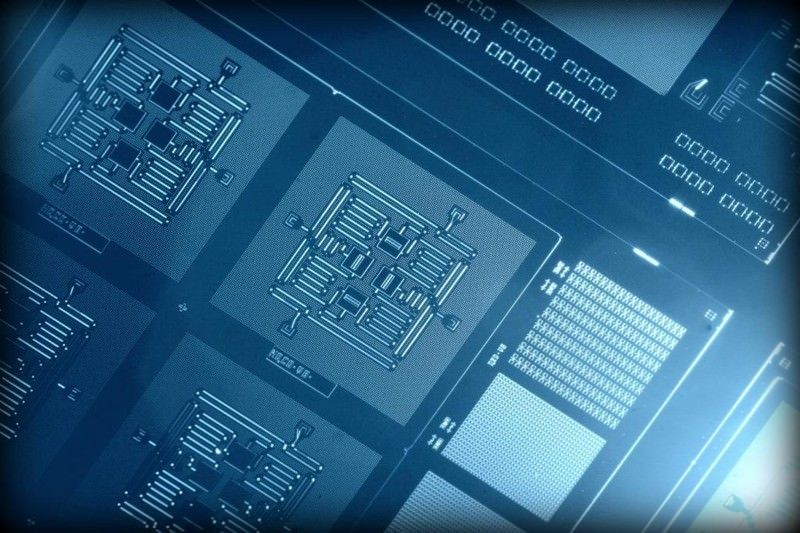
(Image: IBM)
The race to build a full-blown quantum computer is heating up. Tech giant IBM has been working on error-correcting techniques for quantum hardware, and has now won funding from the US Intelligence Advanced Research Projects Activity (IARPA) to take it to the next level.
Quantum computers promise to vastly outperform normal PCs on certain problems. But efforts to build them have been hampered by the fragility of quantum bits, or qubits, as the systems used to store them are easily affected by heat and electromagnetic radiation. IBM is one of a number of companies and research teams developing error-correcting techniques to iron out these instabilities.
Governments and leading computing companies such as Microsoft, IBM, and Google are trying to develop what are called quantum computers because using the weirdness of quantum mechanics to represent data should unlock immense data-crunching powers. Computing giants believe quantum computers could make their artificial-intelligence software much more powerful and unlock scientific leaps in areas like materials science. NASA hopes quantum computers could help schedule rocket launches and simulate future missions and spacecraft. “It is a truly disruptive technology that could change how we do everything,” said Deepak Biswas, director of exploration technology at NASA’s Ames Research Center in Mountain View, California.
Biswas spoke at a media briefing at the research center about the agency’s work with Google on a machine they bought in 2013 from Canadian startup D-Wave systems, which is marketed as “the world’s first commercial quantum computer.” The computer is installed at NASA’s Ames Research Center in Mountain View, California, and operates on data using a superconducting chip called a quantum annealer. A quantum annealer is hard-coded with an algorithm suited to what are called “optimization problems,” which are common in machine-learning and artificial-intelligence software.
However, D-Wave’s chips are controversial among quantum physicists. Researchers inside and outside the company have been unable to conclusively prove that the devices can tap into quantum physics to beat out conventional computers.
http://blogs.technet.com/b/inside_microsoft_research/archive/2015/12/04/deep-learning-machine-learning-advancements-highlight-microsoft-research-nips-2015.aspx